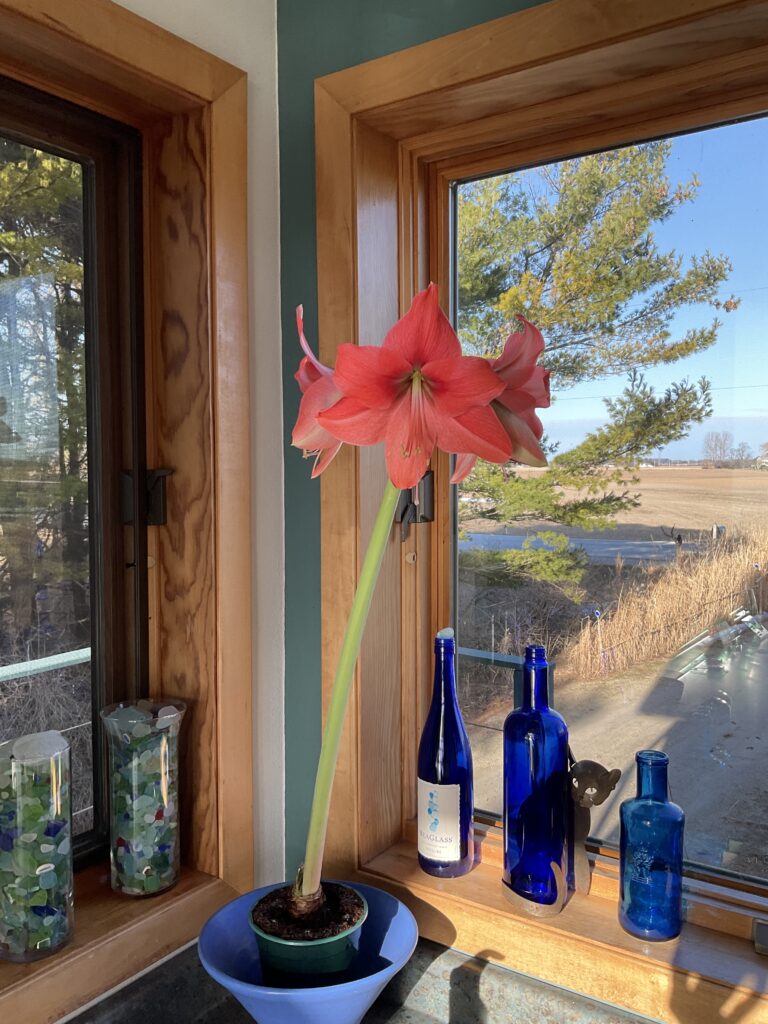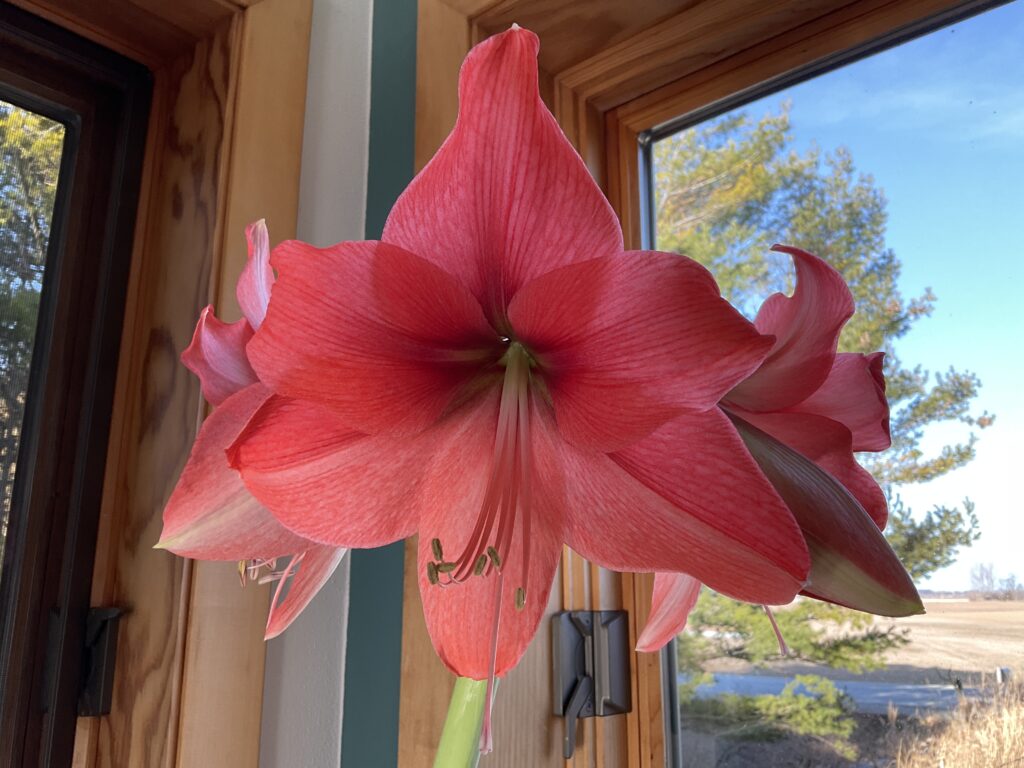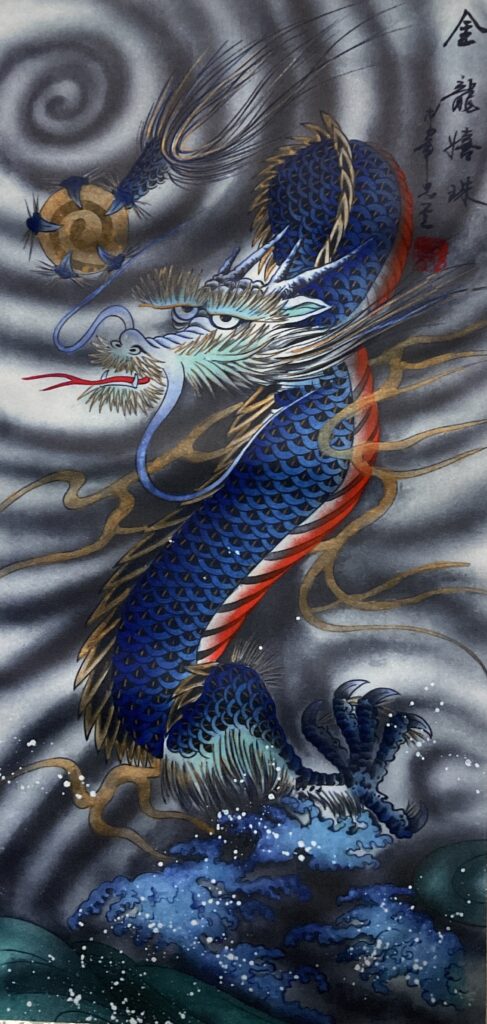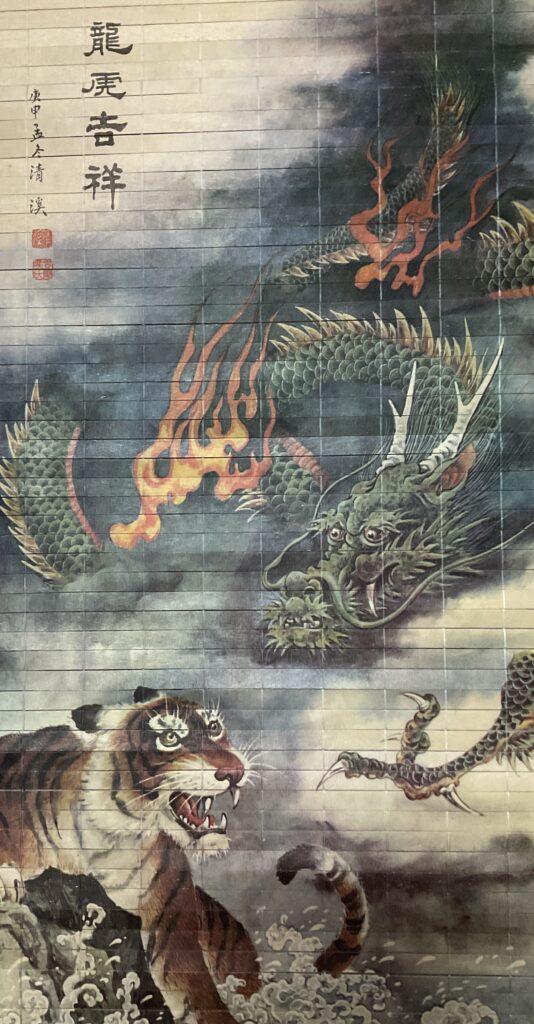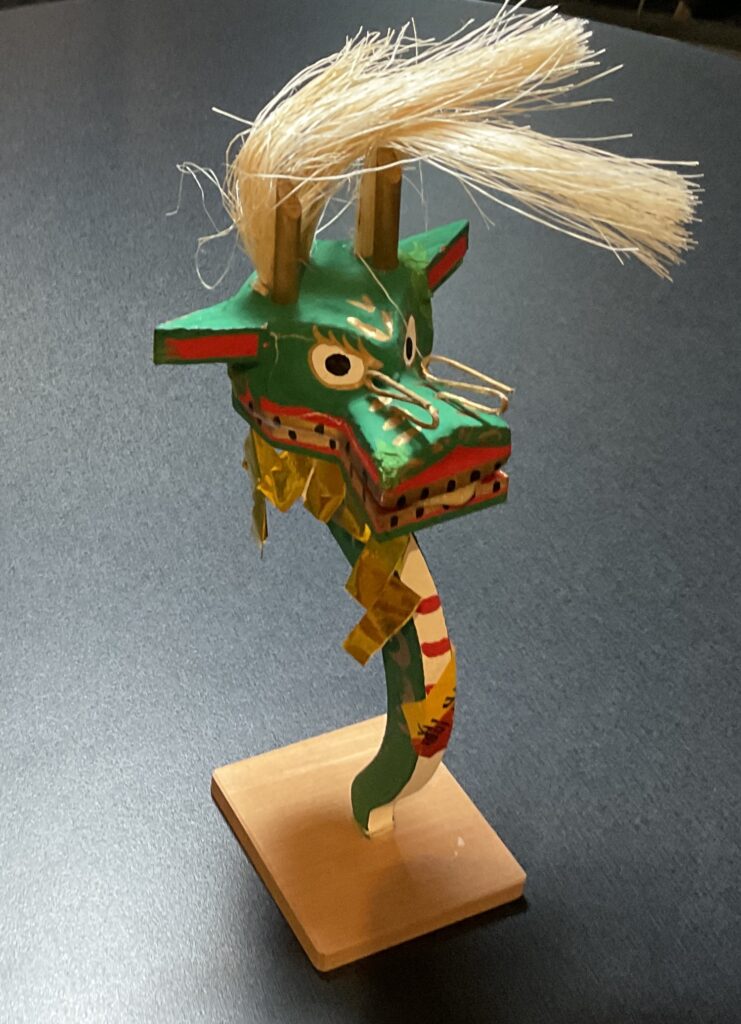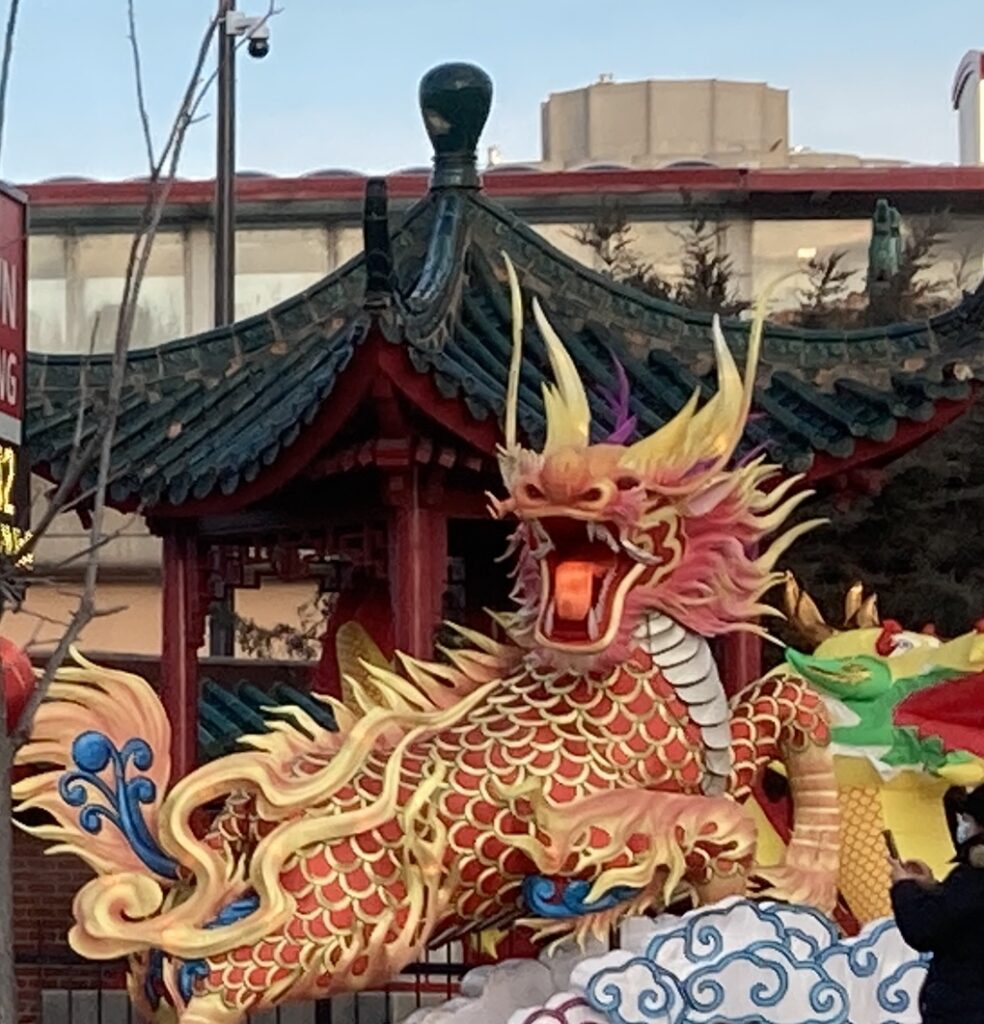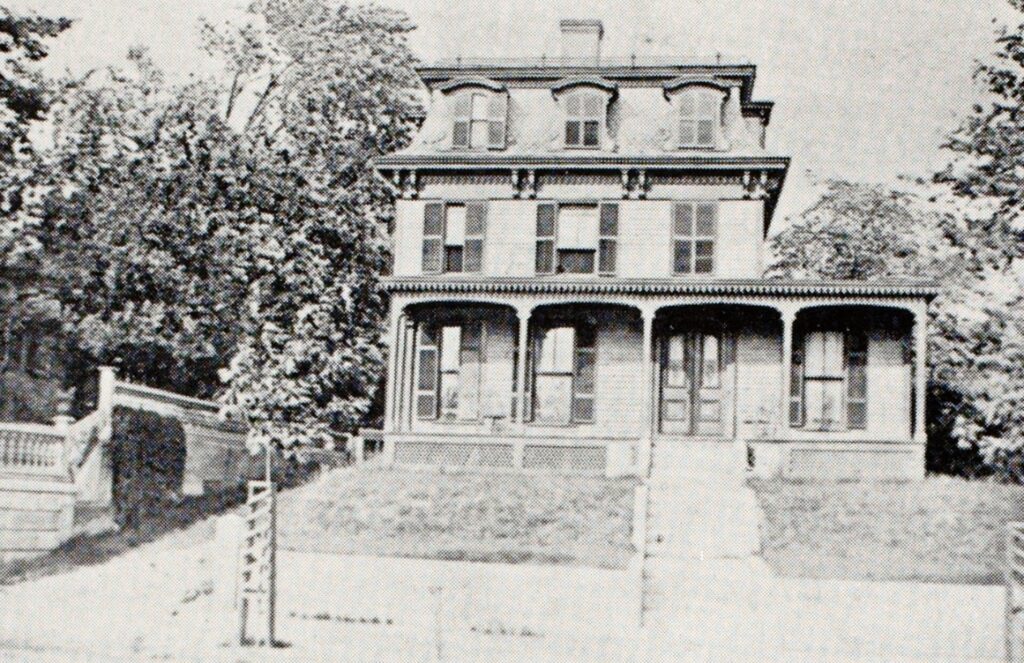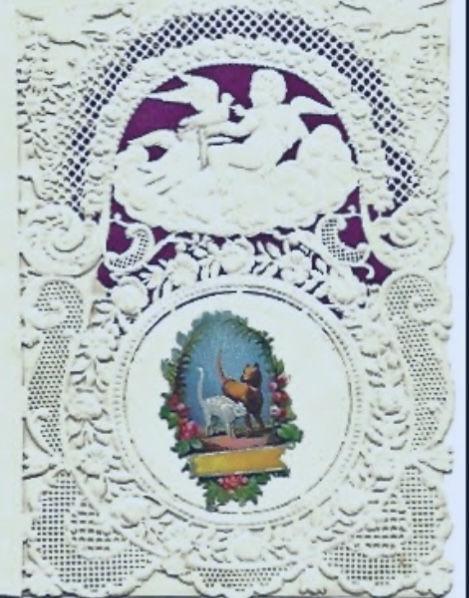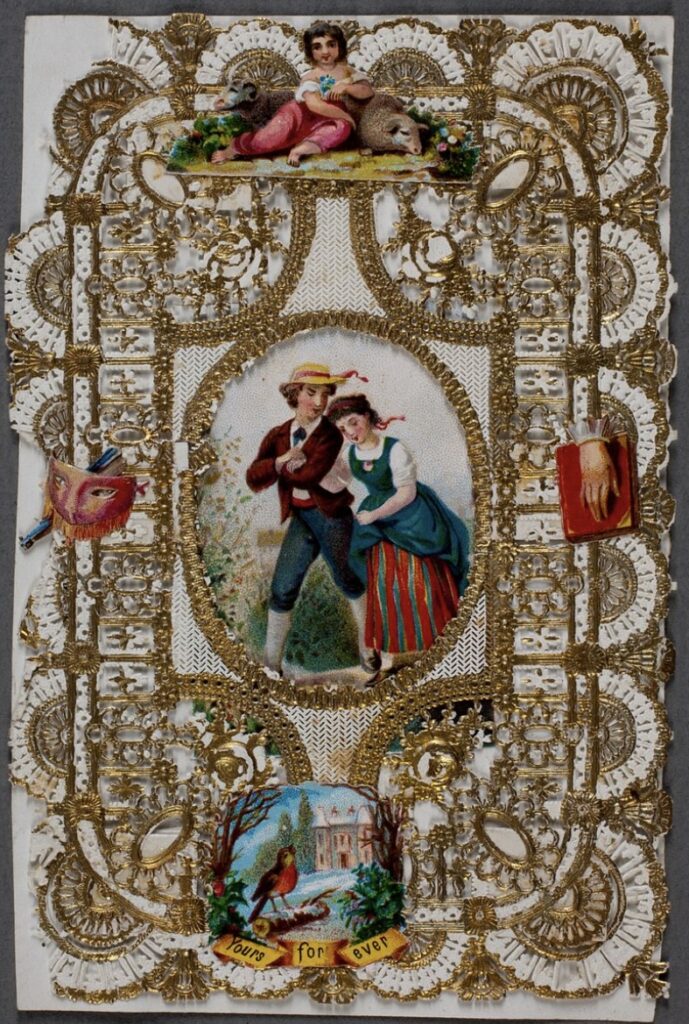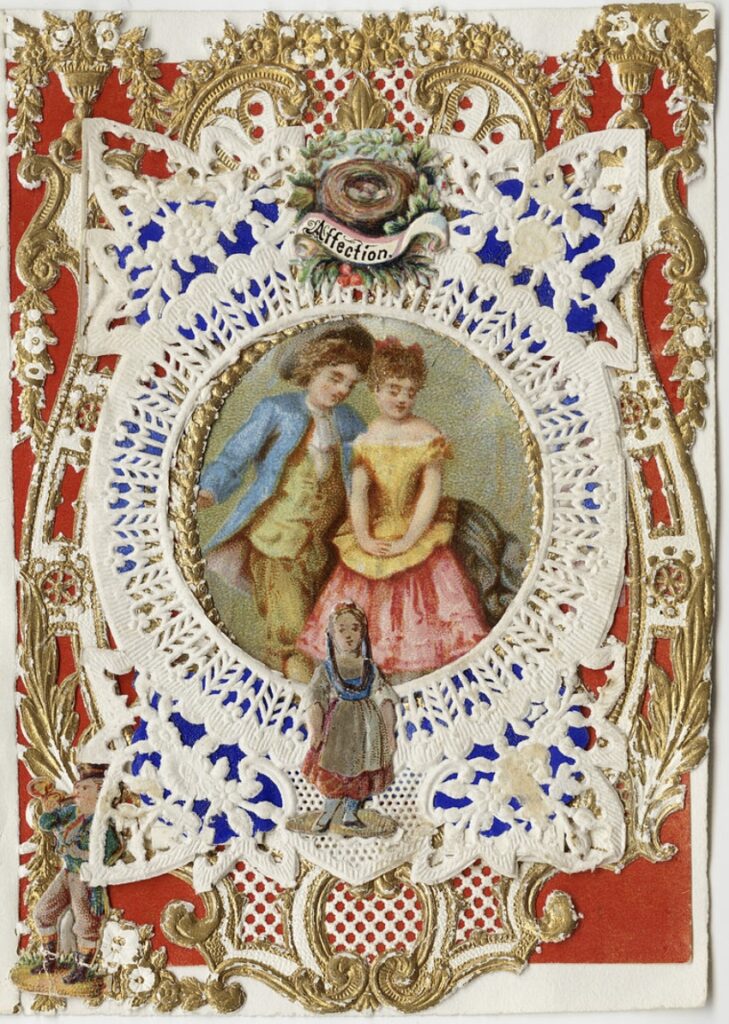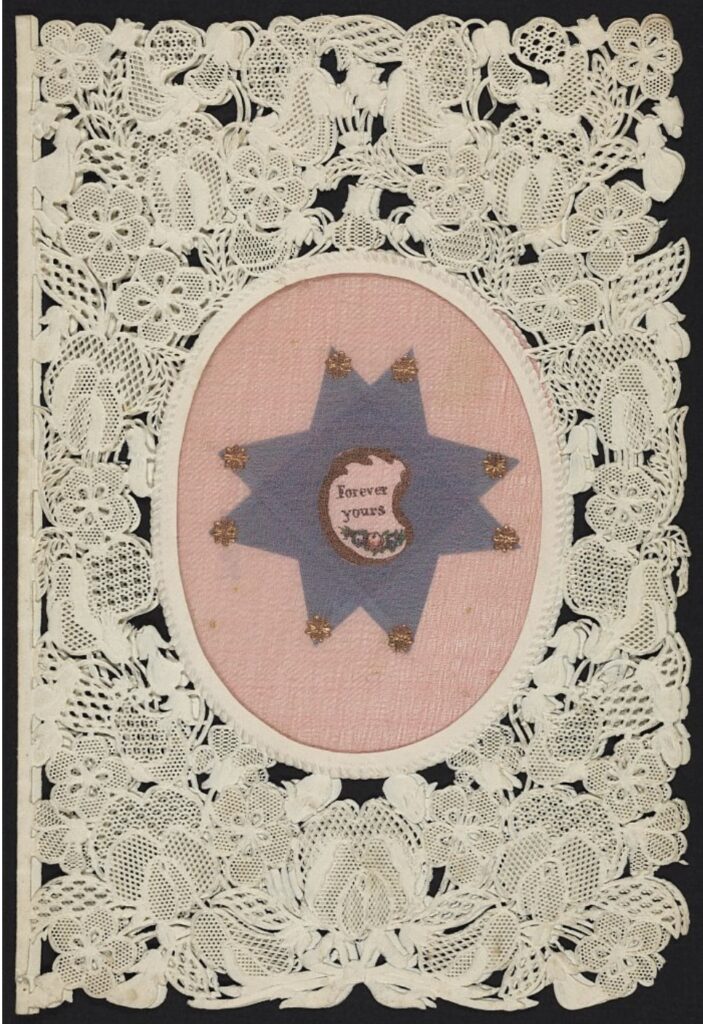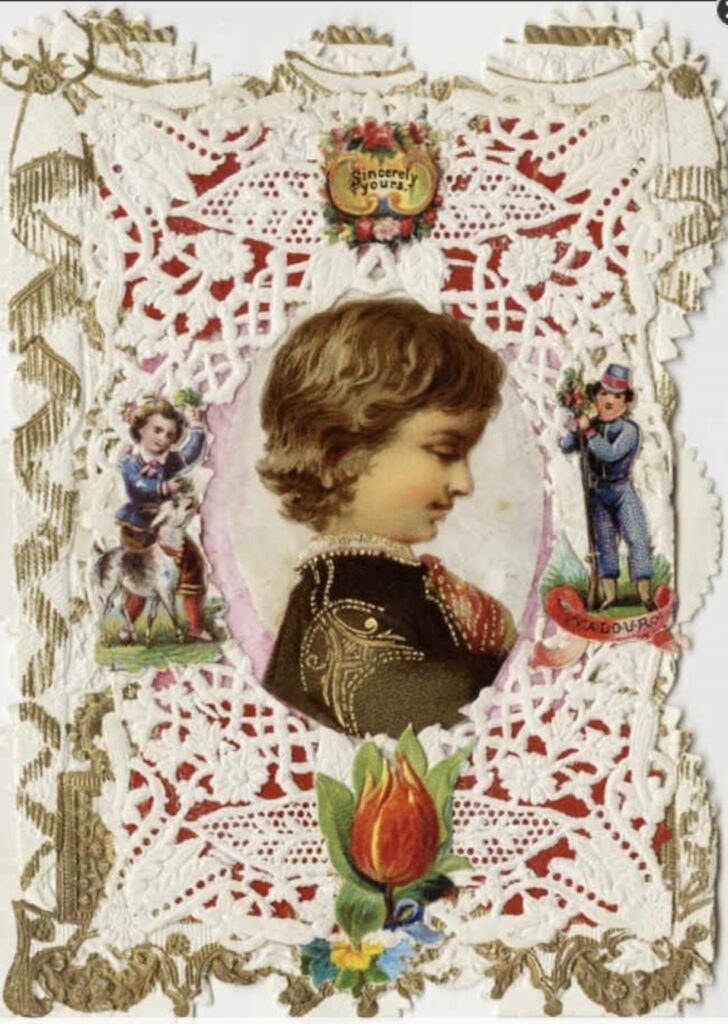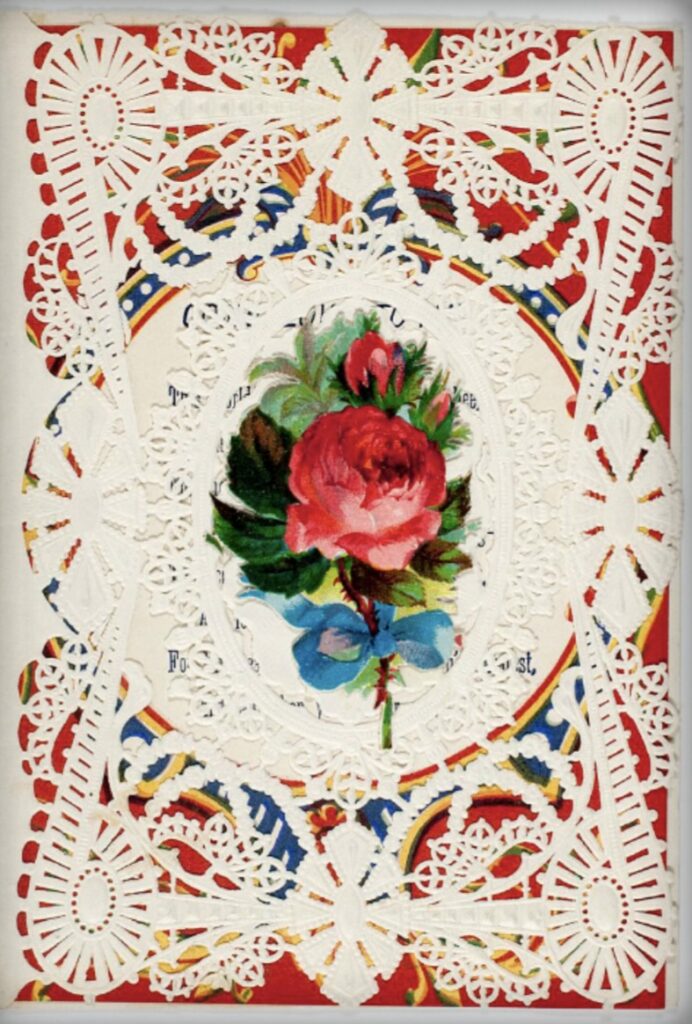When I was dating my husband, he took me to northern Wisconsin to meet his relatives. I was a city girl; his family were farmers. A sentence would pop up in their conversations which puzzled me. Someone would declare, “Looks like there’s no weather today.” At first, this seemed nonsensical to me. How could the atmosphere be absent?
A bit of reflection provided the answer. Farmers depend on the weather for their livelihoods. “Weather” to them meant the stuff coming out of the sky that could make or break you; rain lightning strikes, blizzards and tornadoes.
Living in a rural community now for over 28 years, I, too, am more attuned to the weather’s importance. Our current mild winter would appear to be a gift. I love not having to bundle up in cocoons of winter clothing merely to step outside the door. And taking a walk on a 56° day in February is a joy. But then I begin to think like a farmer. What will happen if the apple trees bud out and then a March or April blizzard strikes? Will we have enough moisture in the soil for planting this year’s crops if we have no snow cover to melt?
Weather isn’t something that’s just there, it’s critical to our survival whether we are urban or rural people. I recently saw a fascinating new map on the frequency and location of lightning strikes in America. To avoid “weather” in a farmer’s sense of the word, it might be best to stay out of Florida.



